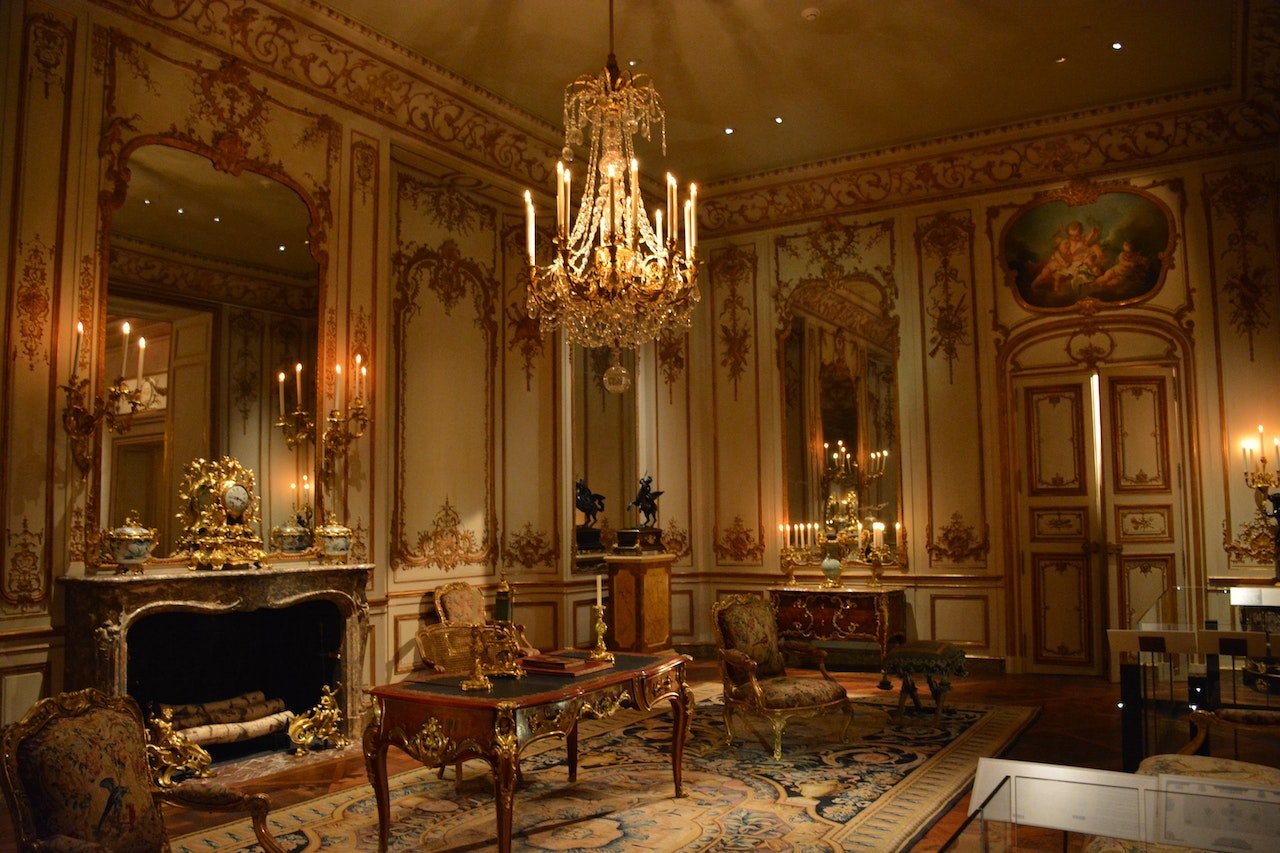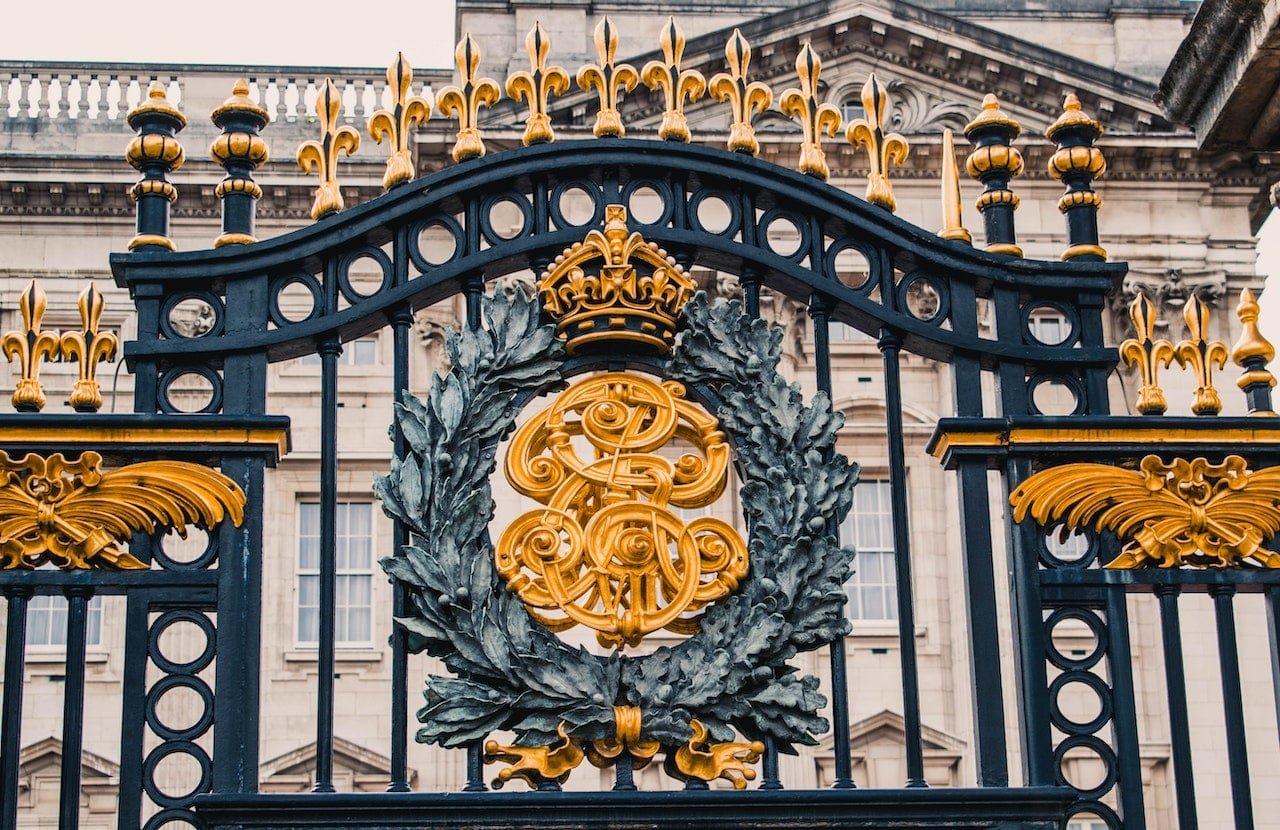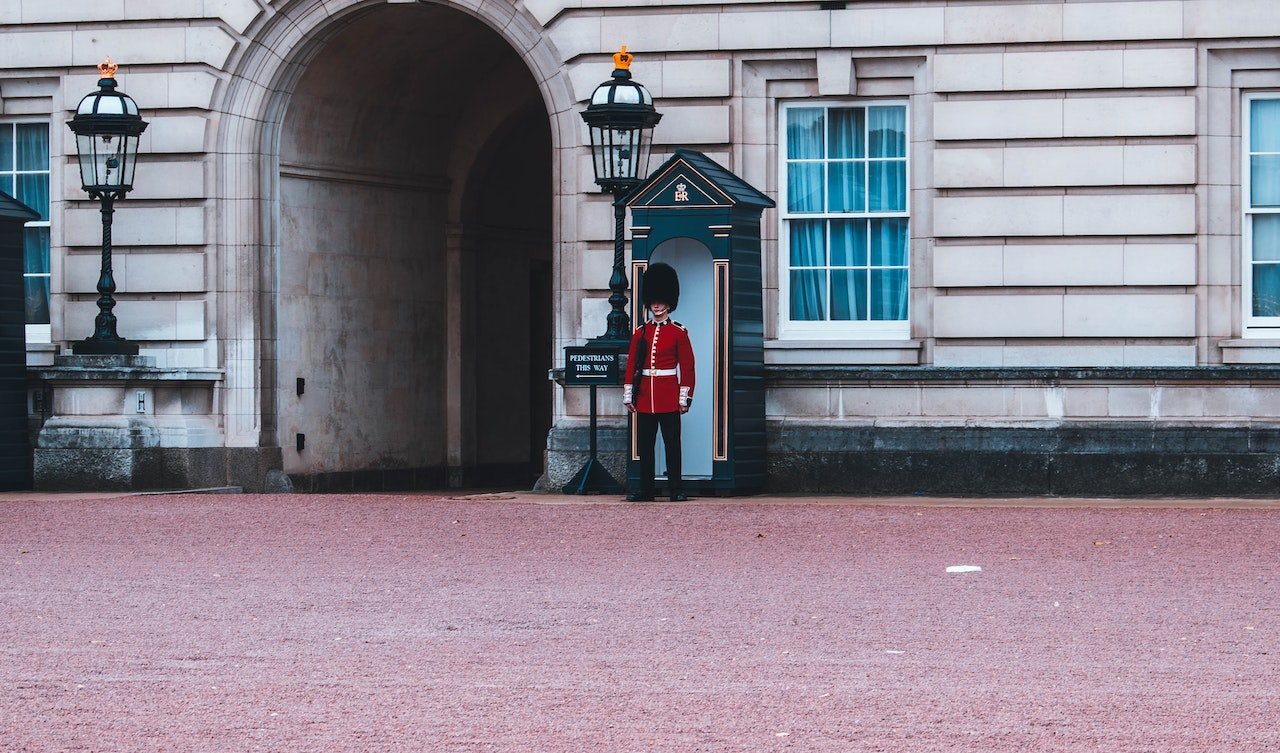Can you imagine England without Buckingham Palace and Queen Elizabeth II? This iconic symbol of Monarchy and power stands proudly in the heart of London, serving as the organization’s main house and central office location. Organization. Monarch of the United Kingdom.

Historical Significance of Buckingham Palace
Early Days and Architectural Marvel Called Buckingham House, the palace’s main building we see today was originally a spacious townhouse constructed for the Duke of Buckingham in 1703. In 1761, King George III acquired ownership of a property that he gave as a gift to his wife, Queen Charlotte, to serve as her residence. It was after that referred to as The Queen’s House. Later, during the 19th century, King George IV converted the building into a palace, resulting in a grand structure showcasing Georgian, Victorian, and Edwardian architectural styles.
A Peek Inside Buckingham Palace and Queen Elizabeth II
-
State Rooms and Their Importance
The 19 staterooms within the palace are designed in an opulent fashion and used for ceremonial receptions and royal weddings. The grandeur and magnificence of the Throne Room make it a popular backdrop for royal family portraits, symbolizing sovereignty and power.
-
The Queen’s Gallery and Royal Mews
The Queen’s Gallery, a public art gallery, displays Artworks from the Royal Collection on a rotating basis. The Royal Mews, a transport garage, houses the royal carriages, including the Gold State Coach used for coronations.
The Legendary Resident: Queen Elizabeth II

-
The Queen’s Role and Importance
Did you know that Queen Elizabeth II held the title of the longest-reigning monarch in British history? She has called Buckingham Palace her home since taking the role in 1952. As the constitutional monarch, her role includes vital ceremonial and representative duties. She’s not just a queen but a symbol of national unity, continuity, and pride.
Life of Queen Elizabeth II in Buckingham Palace
-
The Queen’s Guard: A Pomp and Splendor
-
Changing the Guard: A Spectacular Tradition
The iconic image of the Queen’s Guard in their striking red uniforms and bearskin hats is unforgettable. The traditional Changing the Guard ceremony is a must-see, brimming with pageantry and history.
-
The Royal Garden: A Natural Wonderland
-
Garden Parties and Royal Hospitality
The palace’s 39-acre garden is a tranquil sanctuary home to 350 wildflowers. It’s also a venue for the Buckingham Palace and Queen Elizabeth II Parties – a way to recognize and reward public service.

Conclusion: Buckingham Palace – The Heart of the British Monarchy
Every corner of Buckingham Palace and Queen Elizabeth II speaks of royalty, tradition, and history – from the grand state rooms and royal mews to the garden and iconic Queen’s Guard. Just as Queen Elizabeth II embodies British heritage, so does her esteemed residence, Buckingham Palace and Queen Elizabeth II – a symbol of the enduring allure of the British Monarchy.
FAQs (Frequently Asked Questions)
Who lives in it? Have you heard of Buckingham Palace?
It serves as the official residence of the British monarch in London. Queen Elizabeth II.
What are the state rooms in Buckingham Palace used for?
The state rooms are used for ceremonial receptions and royal weddings.
Are you asking about Buckingham Palace?
The Changing of the Guard" is a customary ceremony—an event ceremony where sentries perform ceremonial guard duties. Buckingham Palace is relieved by a new batch of sentries.
What is the Queen’s role in the United Kingdom?
Queen Elizabeth II's role as the constitutional monarch includes vital ceremonial and representative duties.


